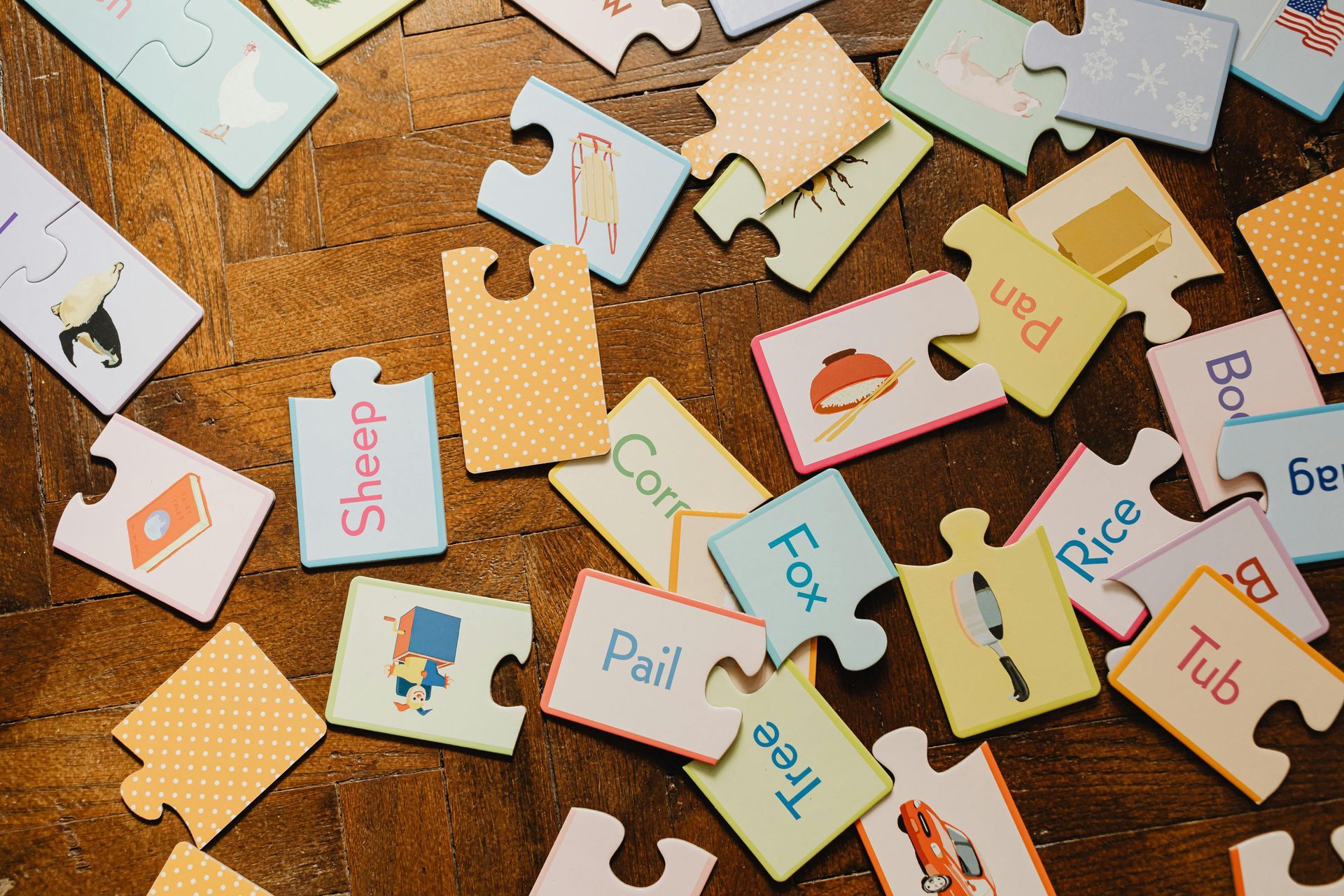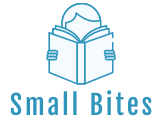English Language Crazy Spellings

Have you ever wondered about all those crazy spellings in the English language? I have. It makes me think of the year I had three fifth grade boys with the same name. Fortunately, they were each spelled differently: Erick, Eric, and Erik. They were all pronounced the same; however, each spelling was unique to each boy. We still see this in names. Some parents substitute the letter y for an i or e as in Alicia/Alysia and Linda/Lynda.
While names can be spelled and pronounced any way a parent chooses, many English words have curious spellings. For instance, why does one word end with a
ck, another with just a
k, and yet another with just a
c
as in my three Erick’s? There are actual spelling rules that apply
most
of the time that can help us know when to use each at the end of a word. Remember, they all sound the same.
Here is the key: When following a short vowel sound, the sound for /k/ is spelled with a ck because a k can not follow a short vowel. Examples of these words include: track, truck, trick, sick, and brick. If there is a consonant between the short vowel and the /k/ sound, then using just a k is appropriate. Examples of these words are: desk, milk, mask, risk, and bulk. Many times just the letter c will follow the short i when it comes at the end of a word that is usually more than one syllable. Examples of these words are: music, logic, attic, basic, and comic.
Another spelling rule deals with when to use the tch vs. the ch.
Here is the key: It is similar to the last rule. The sound /ch/ cannot be spelled with a ch when it follows a short vowel. Therefore, in English the letter t is placed before the ch. The t is silent. Here are some examples of words with the tch: batch, match, catch, crutch, and fetch. Examples of words that end with just the ch are: itch, bench, lunch, inch, and bunch. Exceptions to this rule are: much, rich, such, and which.
How do we know when to use a C or a K for the /k/ sound at the beginning of a word?
Here is the key:
It depends on if there is a vowel that follows the
C
or
K, and
which
vowel is following. If the /k/ sound is followed by an
a,
o, or
u
it is appropriate to use the
C. If the /k/ sound is followed by an
e,
i, or
y, it is appropriate to use the
K.
Many times during my tutoring years, parents would sit in on a session. The comments I would get about these simple rules would always be the same. “I wish I would have known these rules when I was in school. It would have made reading and spelling much easier.”
To be honest, I never learned any spelling rules that I can remember when I was growing up. Reading and spelling were easy for me. It wasn’t until I learned about dyslexia that I really learned how the English language worked and how to teach just about anyone to read. During my 16 years of continuous tutoring, up to 18 sessions a week, the skills I learned were effective in teaching every one of my students to read. I look back on that time and realize how blessed I was to be able to make a difference in so many lives.
English can be a crazy language to learn to read and spell. But the methods that I’ve learned have been successful for those who spoke another language, had learning disabilities other than dyslexia, and those who just needed to get some extra help because they were behind in reading.
There is always hope.
Many students are labeled as discipline problems, but in reality they just need to learn to read so their class time is productive. Can you visualize an 8-year-old who is already behind in reading. This may cause them to fidget or to become a class clown because they can’t keep up with what’s going on in class. When a child can’t read, their world closes in on them and many times they resort to all types of inappropriate behavior. The older they get, the worse it becomes. If they are not reading well when they enter 4th
grade, they will fall behind at a much greater rate because the number of new words that are introduced is huge compared to grades K-3, and there is no way they can fake their reading shortcoming any longer.
This is why I’m writing curriculum that can be downloaded and used by parents to help their children read or perhaps catch up to where they should be. I’ve kept it simple for parents and effective for students. Also, I have priced it at an affordable cost. This method will work for just about anyone who wants to read.
Currently, there are 2 levels, with the 3rd one on the way. Check them out in my store at Betty-Goodman.com.


